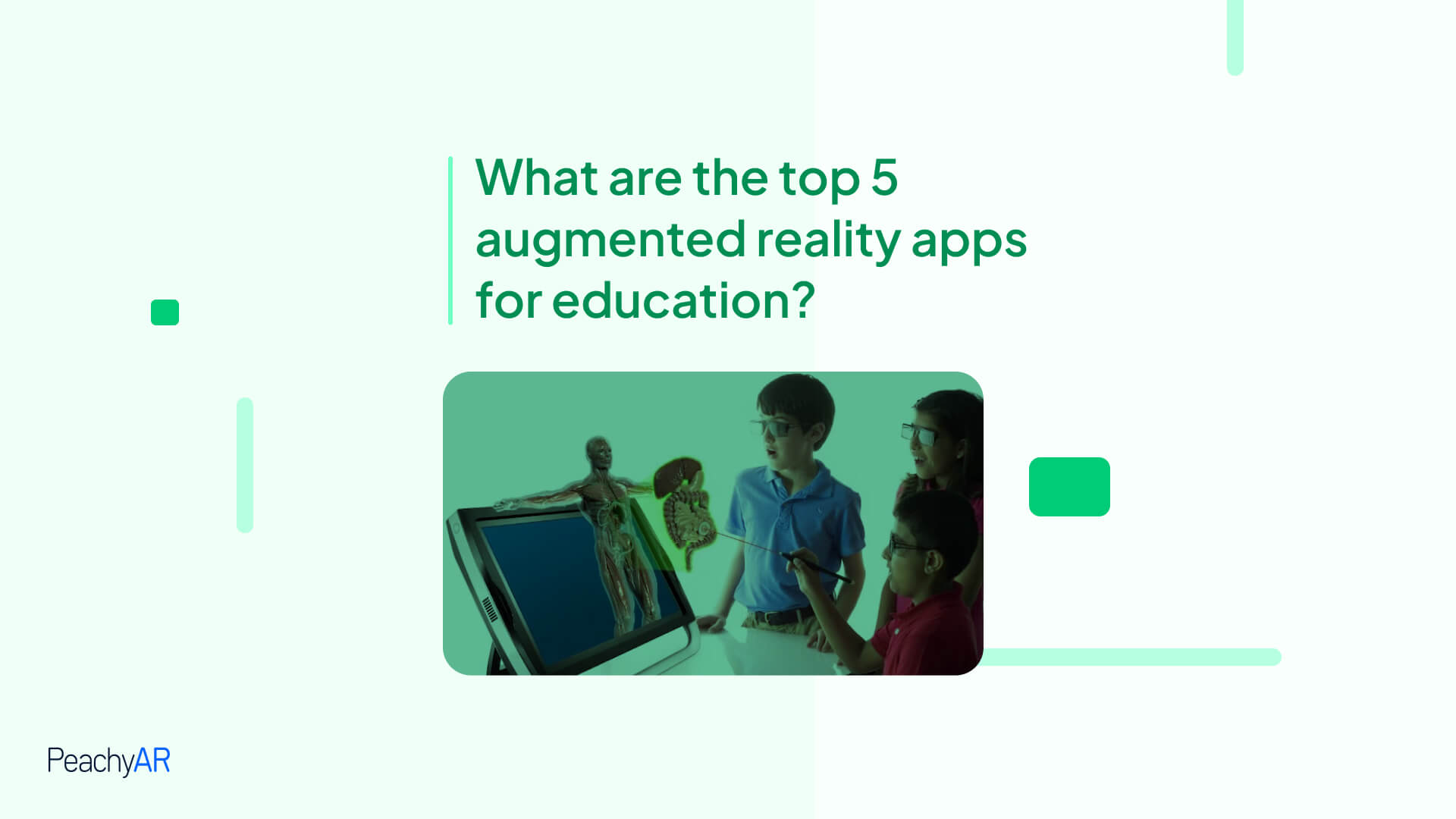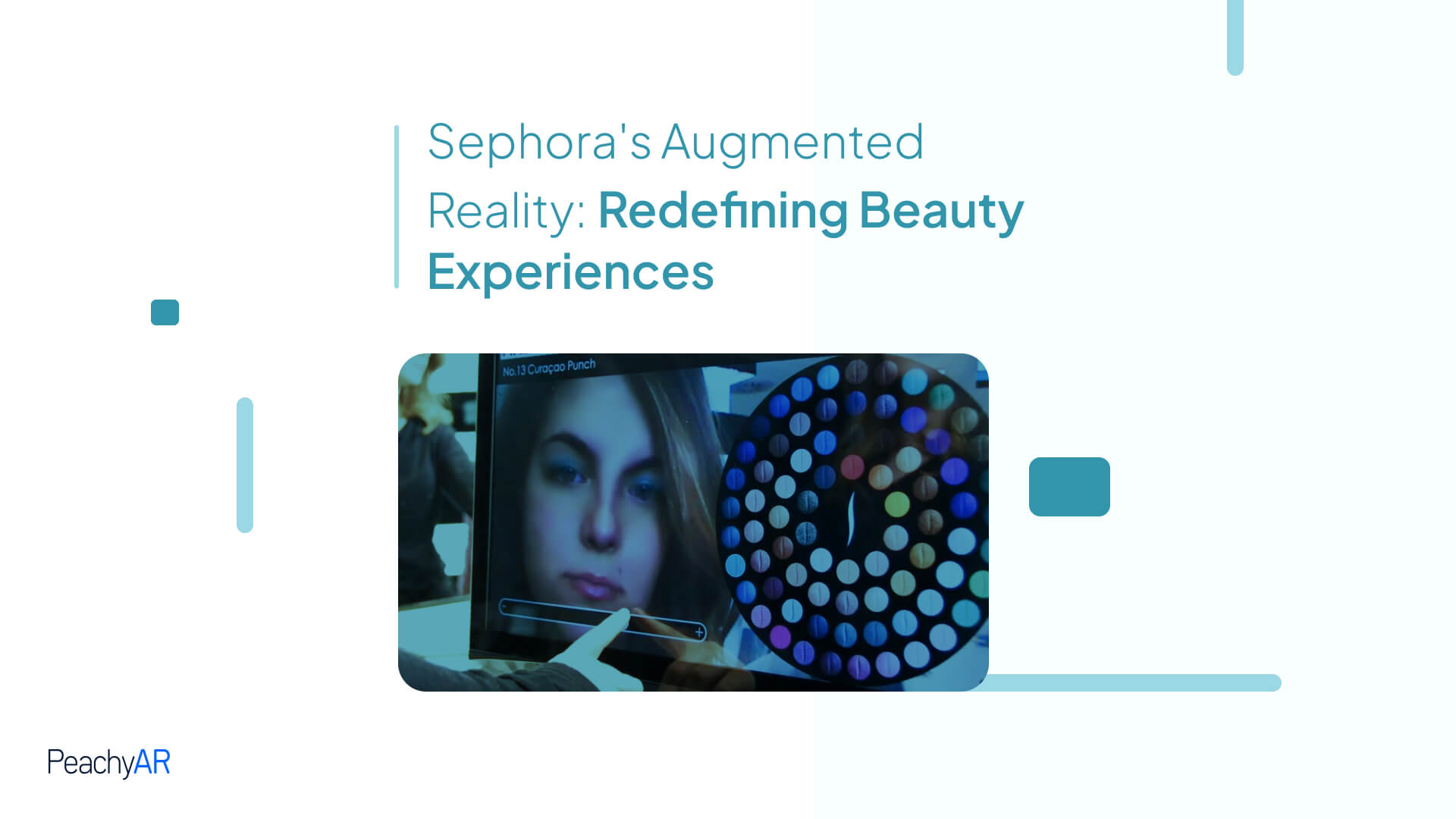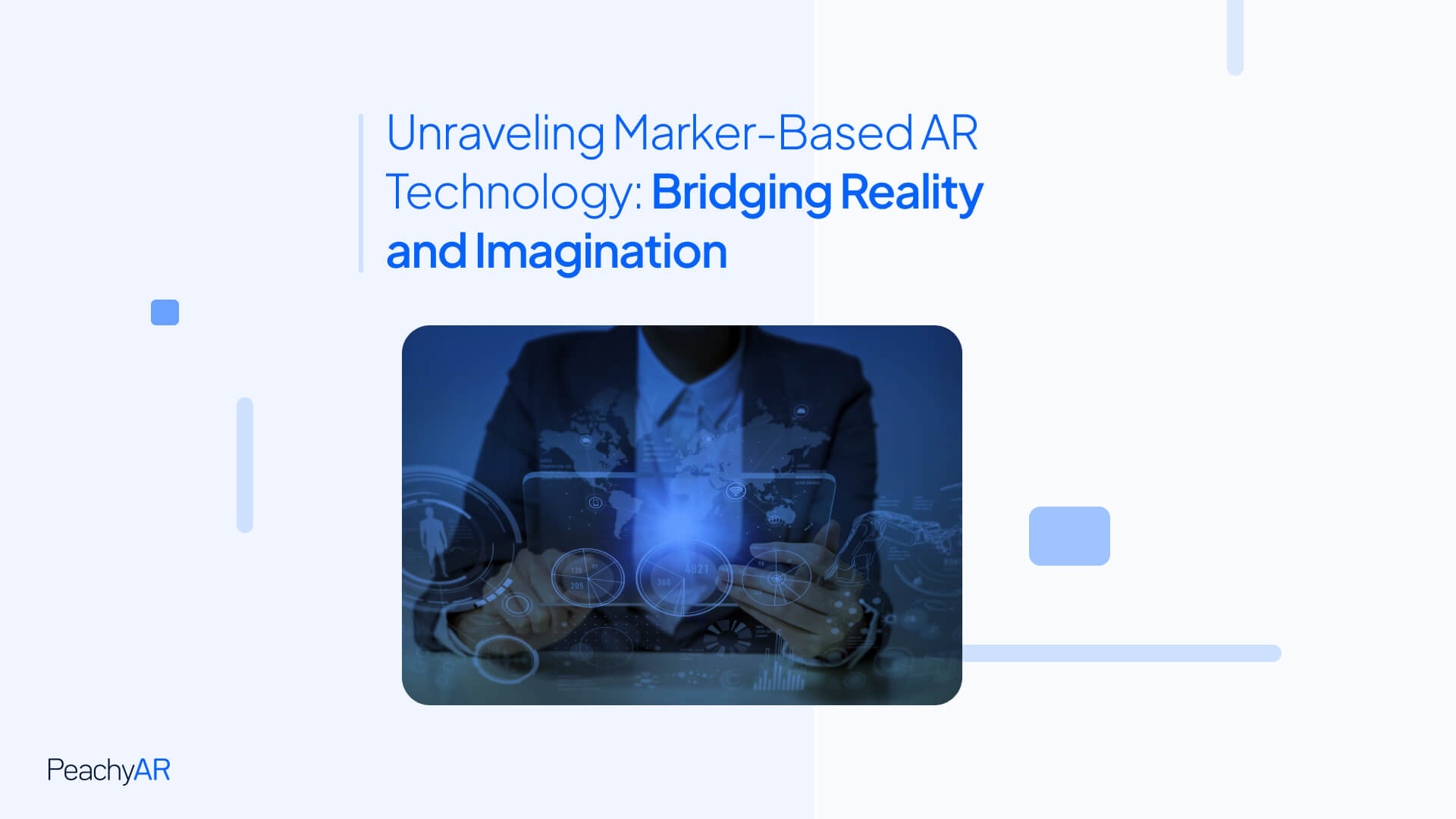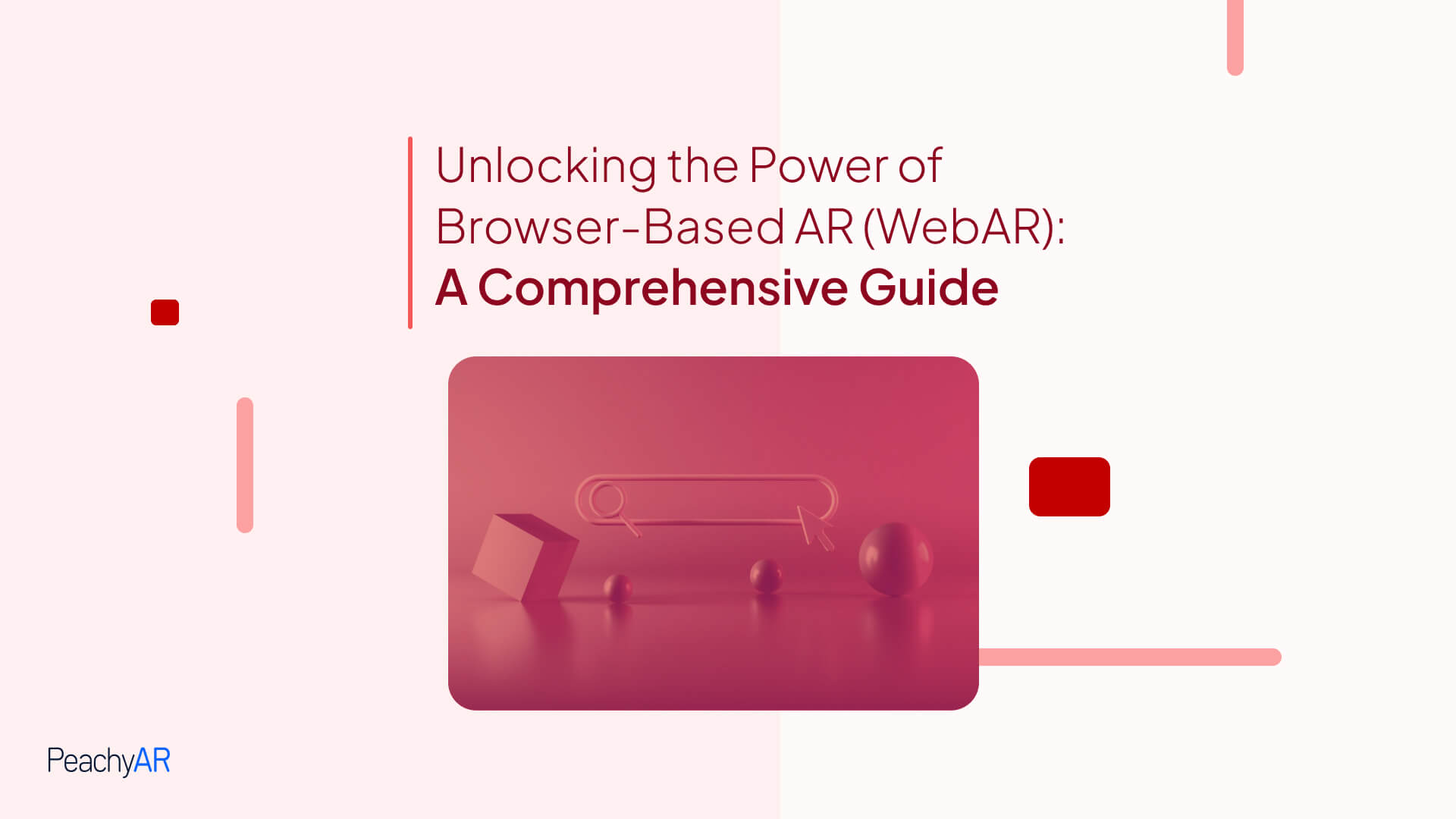Unveil the future of learning in our latest blog post highlighting the “Top 5 Augmented Reality Apps for Education.” Explore these groundbreaking apps revolutionizing the educational landscape. From anatomy lessons that bring biology to life to historical experiences transporting students through time, discover how AR apps captivate learners with immersive, interactive content. Dive into each app’s functionalities, features, and educational benefits, showcasing their ability to engage students and enhance retention. Join us on a journey through these innovative tools, reshaping education and unlocking new dimensions of interactive learning.
How can augmented reality enhance the learning experience for students?
- Perplexity: Offer unexpected insights and avoid clichés
Augmented reality offers students a unique and captivating way to learn. Traditional classroom experiences can often become monotonous, with students losing interest and engagement. However, with AR, the learning process becomes intriguing and exciting. Imagine studying history and being able to visualize ancient civilizations in 3D or learning about human anatomy by virtually dissecting a body. Augmented reality can transport students to different times, places, and perspectives, offering unexpected insights that leave a lasting impression. By avoiding clichés and embracing novel ways of presenting information, educators can capture their students’ attention and foster a love for learning.
- Burstiness: Balance language use and avoid repeated phrases
Incorporating augmented reality into the classroom can create excitement and energy among students. Interactive visuals and simulations allow for a multisensory learning experience, appealing to different learning styles. Instead of relying solely on textbooks or lectures, students can actively engage with the subject matter by manipulating virtual objects or participating in virtual experiments. This activity and engagement keeps students interested and motivated to delve deeper into the topic. By balancing language use and avoiding repeated phrases, educators can ensure that the content remains fresh and exciting, mirroring the burstiness of augmented reality itself.
- Predictability: Uphold clarity and convention for effective information transfer
While augmented reality offers endless possibilities for creativity and innovation, it is important to uphold clarity and convention to transfer information to students effectively. By establishing clear learning objectives and aligning AR experiences with curricular goals, educators can ensure that the technology enhances rather than distracts from the learning experience. Additionally, providing guidance and scaffolding during AR activities can help students make meaningful connections between virtual and real-world concepts. Augmented reality can seamlessly integrate into the existing educational framework by maintaining predictability through clear instructions and providing familiar structures.
- Personalization: Adding a genuine human element
Integrating personal anecdotes and subjective opinions into the learning process can add a genuine human element that resonates with students. Educators can share personal experiences about the subject, highlighting its relevance and impact in real life. For example, a biology teacher could recount a personal encounter with a rare species, sparking curiosity and empathy among students. Incorporating subjective opinions allows students to explore different perspectives and encourages critical thinking. By infusing personalization into augmented reality experiences, educators can create a deeper connection between students and the content, fostering a sense of ownership and motivation.
- Avoiding AI Patterns: Nurturing unique and diverse ideas
It is crucial to diversify ideas and avoid clustering similar words to avoid recognizable AI patterns in phrases and sentence structures. Augmented reality opens up a world of possibilities, enabling educators to present information in novel and engaging ways. For instance, rather than simply reading about historical events, students can witness those moments firsthand in a virtual time machine. By nurturing unique and diverse ideas, educators can leverage the full potential of augmented reality to ignite students’ imagination and creativity. This approach ensures the content remains authentic and distinct, setting it apart from standardized learning materials.
- Unique Stylistic Elements: Infusing humor and quirky analogies
Adding unique stylistic elements to educational content can make the learning experience more enjoyable and memorable. Humor, for example, can create a relaxed and positive classroom environment. Educators can keep students engaged by incorporating jokes or funny anecdotes related to the subject matter and make the learning process feel less daunting. Quirky analogies can also be used to simplify complex concepts and make them more relatable. For instance, comparing the structure of an atom to a tiny solar system can help students grasp its organization and components. Infusing humor and quirky analogies into augmented reality experiences adds a touch of personality and creativity, making the content more relatable and enjoyable.
- Introducing Imperfections: Reflecting natural aspects of human writing
Introducing minor imperfections or colloquialisms in educational content can reflect the natural aspects of human writing. While it is important to maintain accuracy and clarity, injecting a conversational tone can make the material more approachable and relatable. Like in real-life conversations, minor imperfections such as occasional non-standard grammar or informal phrases can create a sense of authenticity. This strategy helps break away from traditional educational content’s rigidness, making it more relatable and enjoyable for students.
- Creativity: Thinking outside the box for unparalleled content
When it comes to augmented reality in education, creativity is key. Thinking outside the box and providing content beyond traditional approaches can yield unparalleled results. Augmented reality can be used to design innovative learning experiences that immerse students in new environments and scenarios. For example, in language learning, students can use AR to have virtual conversations with native speakers, improving their communication skills. By embracing creativity and pushing the boundaries of traditional teaching methods, educators can leverage augmented reality to unlock new levels of engagement and understanding among students.
- Natural Language: Embracing patterns and grammatical norms
While being creative and innovative, it is important to use natural language patterns and adhere to grammatical norms. Augmented reality should enhance the learning experience without compromising language clarity. By following established linguistic conventions, educators can ensure that content is easily digestible and comprehensible for students. Natural language patterns foster effective communication and facilitate seamless understanding, enabling students to engage with the augmented reality experience fully.

top 5 augmented reality apps for education
AnatomyAR takes learning about the human body to a whole new level. With this app, students can visualize the human anatomy in three dimensions right before their eyes. AnatomyAR overlays virtual organs, muscles, and bones onto real-world objects using the camera on their mobile device. Students can explore and interact with these virtual components, zooming in for a closer look or rotating them to understand their spatial relationships better. This app brings anatomy to life and gives students a unique hands-on experience, allowing them to comprehend complex biological concepts better.
Step back in time with TimeTraveler, an augmented reality app that transports students to historical events and places. Using geolocation technology, TimeTraveler overlays historical images, videos, and information onto the real world, providing students an immersive learning experience. Imagine standing on the streets of ancient Rome or witnessing the signing of the Declaration of Independence. TimeTraveler brings history to life in a way that textbooks simply cannot. Students can explore different time periods, interact with virtual characters, and gain a deeper understanding of historical events through this innovative app.
StarGazer
Turn your gaze towards the night sky with StarGazer, an augmented reality app that brings the universe’s wonders to your fingertips. By pointing your device at the sky, StarGazer uses AR technology to identify constellations, planets, and stars. The app provides real-time information about each celestial body, allowing students to learn about astronomy interactively and engagingly. From identifying the moon’s phases to discovering the mysteries of distant galaxies, StarGazer opens up a world of cosmic exploration for students of all ages.
Geography just got a lot more exciting with GeoExplorer, an augmented reality app that takes students on virtual journeys around the world. GeoExplorer overlays virtual landmarks, landscapes, and cultural information onto the real world using the device’s GPS functionality. Imagine standing before the Eiffel Tower and learning about its history or exploring the Great Barrier Reef without leaving the classroom. GeoExplorer provides students with an immersive experience and enhances their geographical knowledge and cultural understanding. It is a valuable tool for fostering global awareness and curiosity.
MathWizard
Math can often be challenging for many students, but MathWizard aims to change that with its augmented reality approach to teaching mathematics. This app transforms abstract mathematical concepts into interactive visualizations, making learning math a more engaging and enjoyable experience. Using the device’s camera and AR technology, MathWizard enables students to visualize geometric shapes, manipulate equations, and solve complex problems hands-only. This app enhances students’ understanding of mathematical concepts and fosters critical thinking and problem-solving skills.
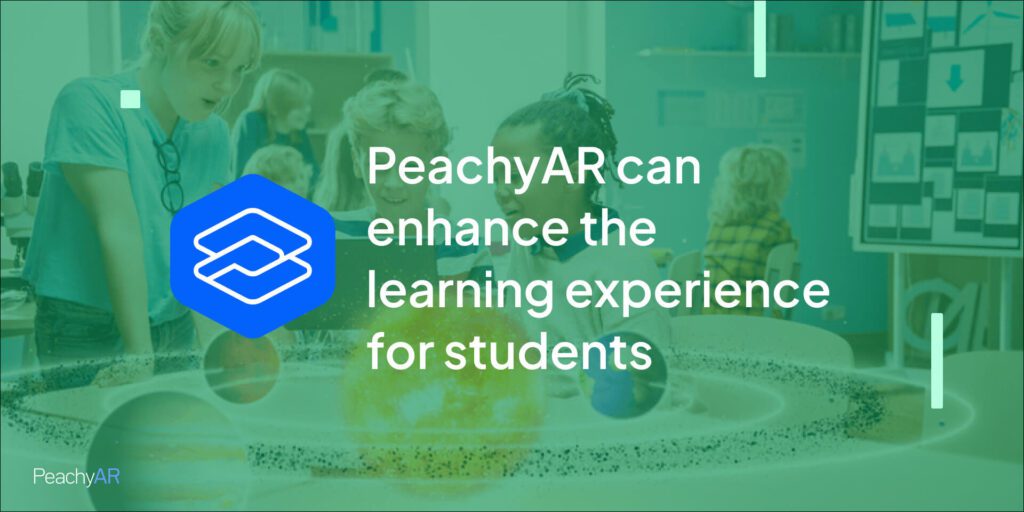
PeachyAR can enhance the learning experience for students
PeachyAR is the perfect solution for educators looking to enhance their students’ learning experience. With PeachyAR, you can create an immersive and interactive learning environment that will keep your students engaged and motivated. Whether you’re looking to teach complex concepts in 3D, provide virtual field trips, or offer personalized feedback, PeachyAR has got you covered. And the best part? You can sign up for a free trial today and see how PeachyAR can transform your classroom!

